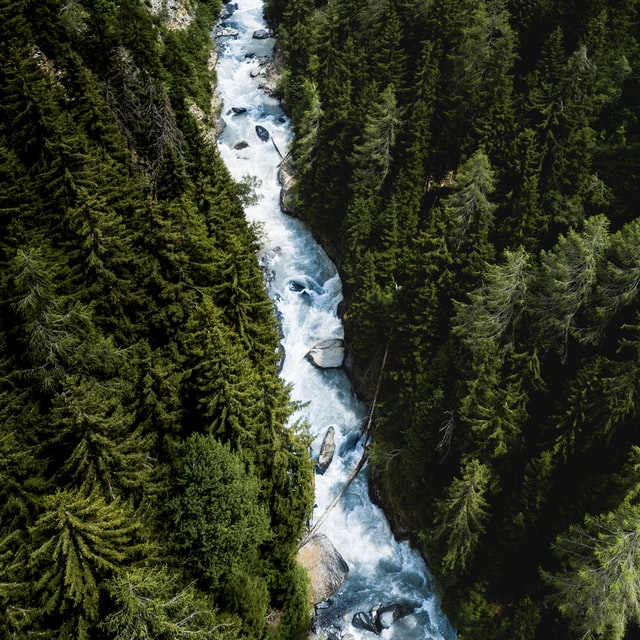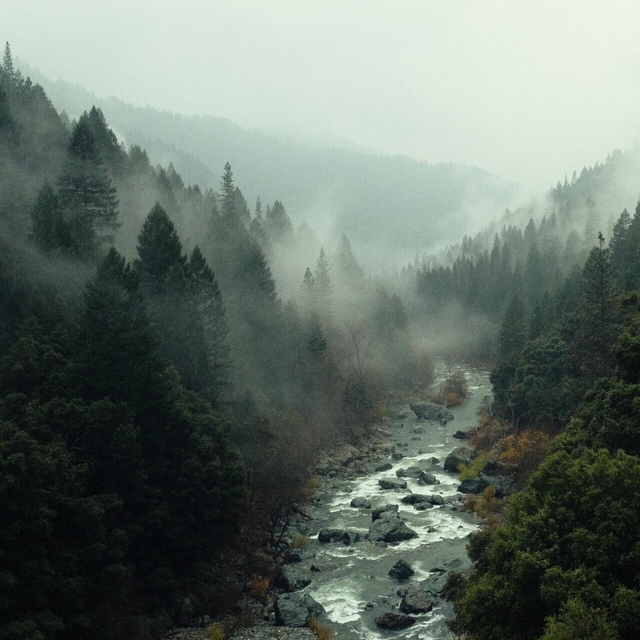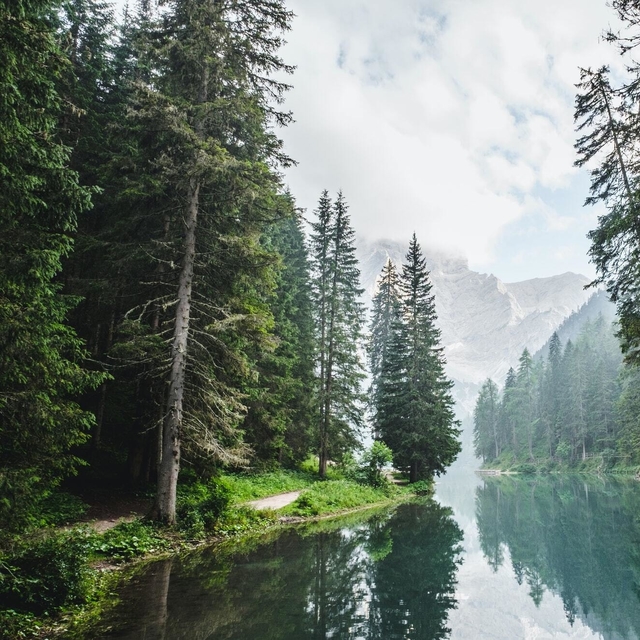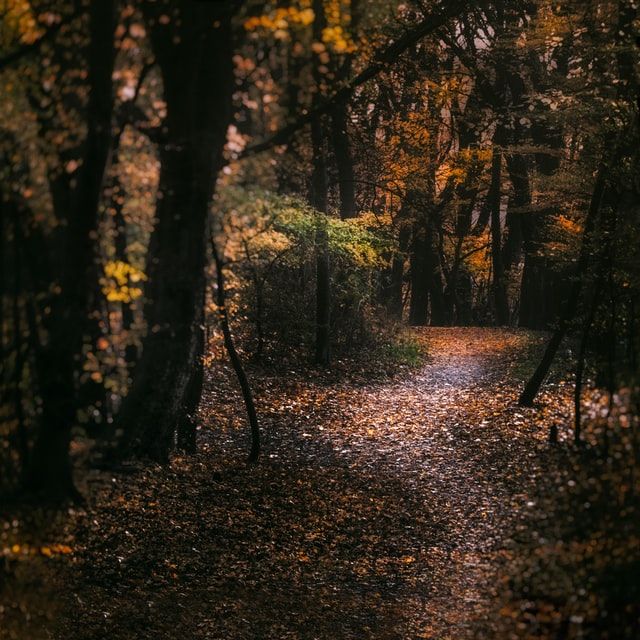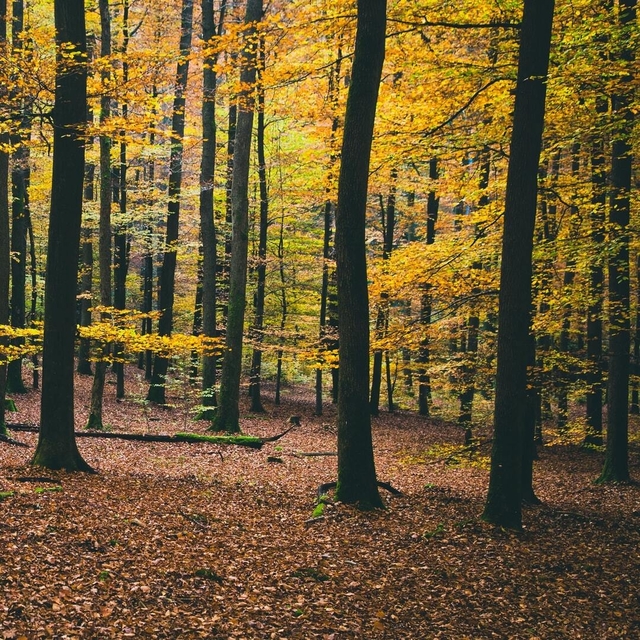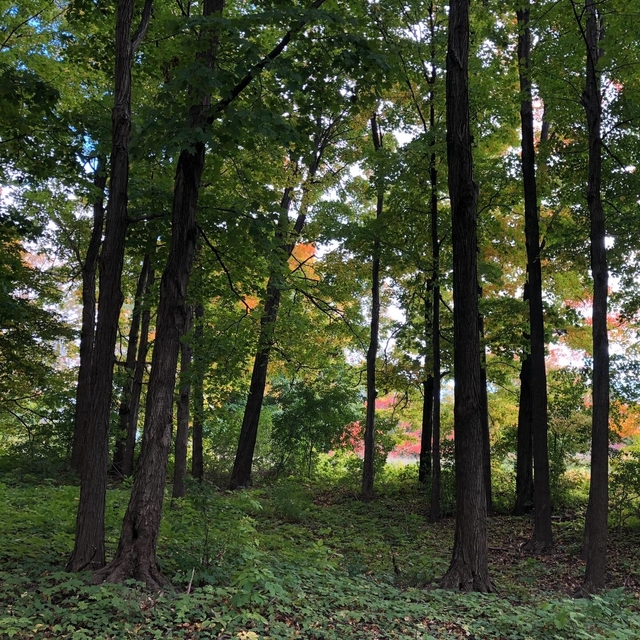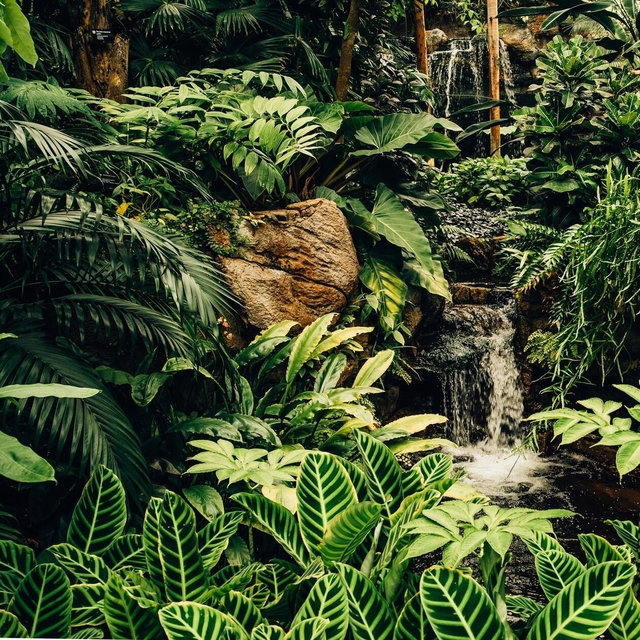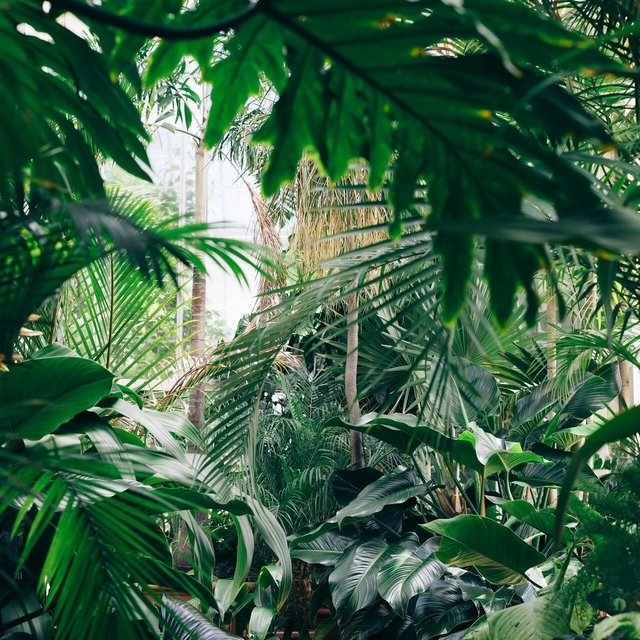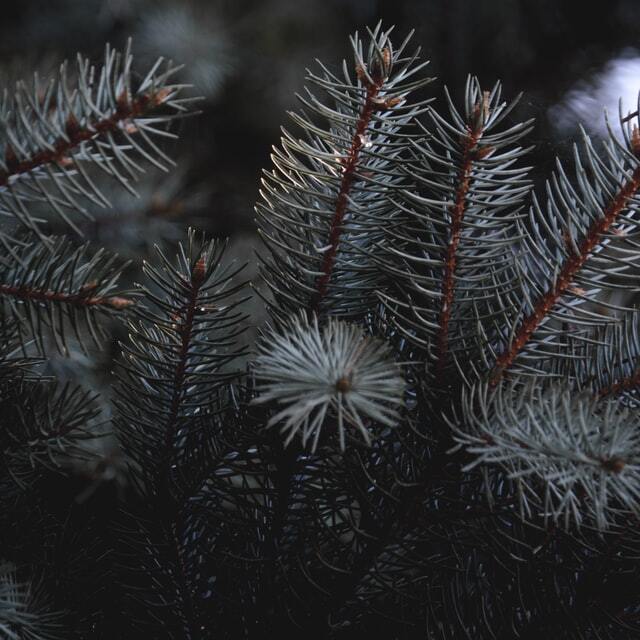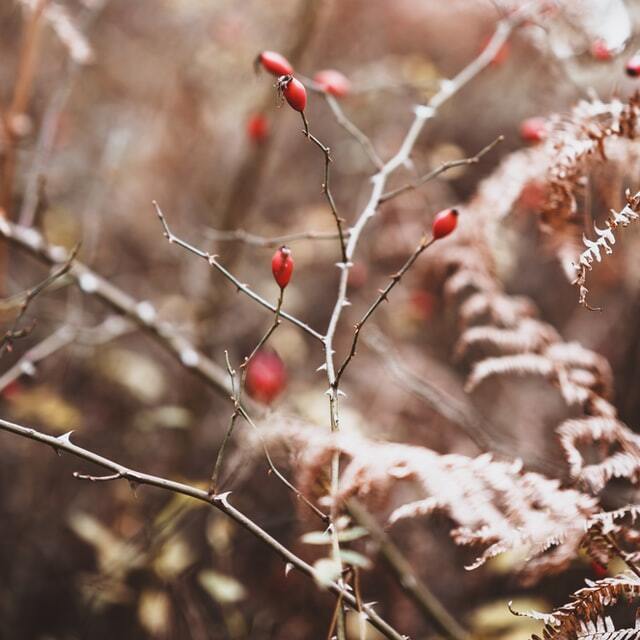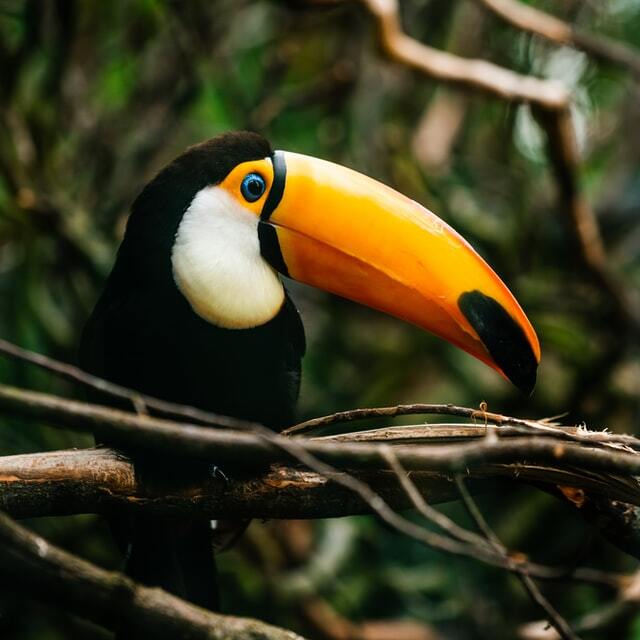Boreal forest (Taiga)
Taiga, generally referred to in North America as a boreal forest or snow forest, is a biome characterized by coniferous forests consisting mostly of pines, spruces, and larches. The taiga or boreal forest has been called the world's largest land biome. In North America, it covers most of inland Canada, Alaska, and parts of the northern contiguous United States. In Eurasia, it covers most of Sweden, Finland, much of Russia from Karelia in the west to the Pacific Ocean (including much of Siberia), much of Norway and Estonia, some of the Scottish Highlands,[citation needed] some lowland/coastal areas of Iceland, and areas of northern Kazakhstan, northern Mongolia, and northern Japan (on the island of Hokkaidō).
After the tundra and permanent ice caps, taiga is the terrestrial biome with the lowest annual average temperatures, with mean annual temperature generally varying from −5 to 5 °C (23 to 41 °F). Extreme winter minimums in the northern taiga are typically lower than those of the tundra. There are taiga areas of eastern Siberia and interior Alaska-Yukon where the mean annual reaches down to −10 °C (14 °F), and the lowest reliably recorded temperatures in the Northern Hemisphere were recorded in the taiga of northeastern Russia.
Taiga has a subarctic climate with very large temperature range between seasons. −20 °C (−4 °F) Would be a typical winter day temperature and 18 °C (64 °F) an average summer day, but the long, cold winter is the dominant feature. This climate is classified as Dfc, Dwc, Dsc, Dfd and Dwd in the Köppen climate classification scheme,[13] meaning that the short summers (24 h average 10 °C (50 °F) or more), although generally warm and humid, only last 1–4 months, while winters, with average temperatures below freezing, last 5–7 months.
In Siberian taiga the average temperature of the coldest month is between −6 °C (21 °F) and −50 °C (−58 °F).[14] There are also some much smaller areas grading towards the oceanic Cfc climate with milder winters, whilst the extreme south and (in Eurasia) west of the taiga reaches into humid continental climates (Dfb, Dwb) with longer summers.
According to some sources, the boreal forest grades into a temperate mixed forest when mean annual temperature reaches about 3 °C (37 °F).[15] Discontinuous permafrost is found in areas with mean annual temperature below freezing, whilst in the Dfd and Dwd climate zones continuous permafrost occurs and restricts growth to very shallow-rooted trees like Siberian larch.
(source: wikipedia)
